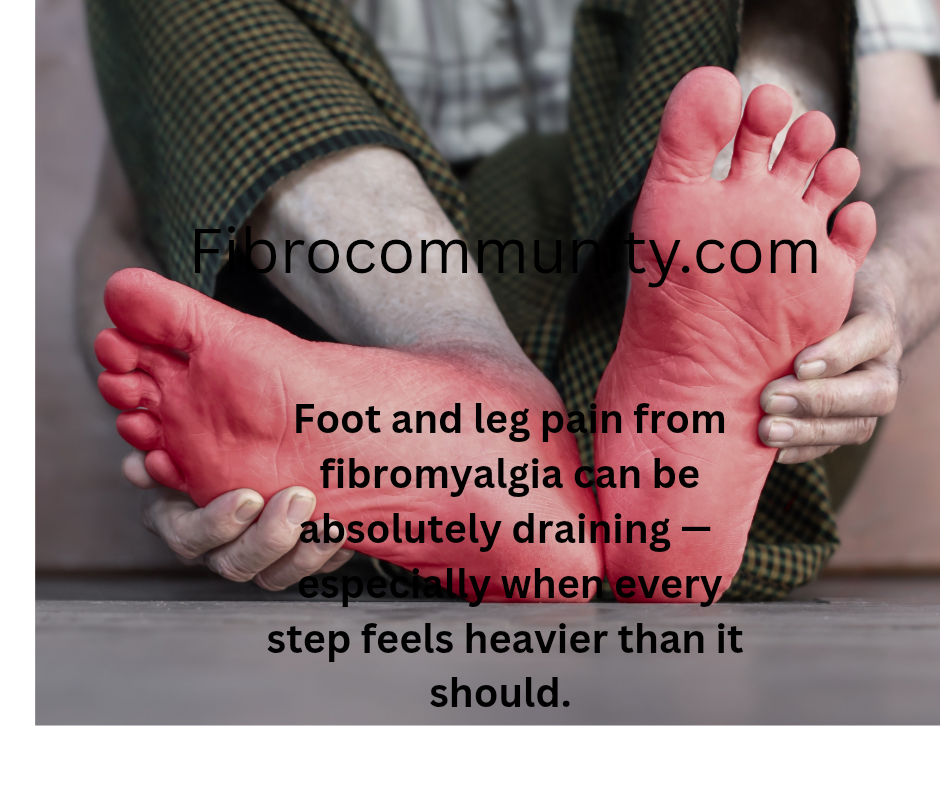 By Dr. Ananya Mandal,
By Dr. Ananya Mandal,
Fibromyalgia is characterized by widespread spontaneous pain. There are several associated symptoms that include fatigue, lack of refreshing sleep, cognitive impairments, abdominal discomfort, and headache. Depression and anxiety disorders are another associated symptom of fibromyalgia.
Fibromyalgia and depression
Depression is prominent in fibromyalgia patients with the risk of getting depressive symptoms at least once being about 90% and getting major depressive disorder (MDD) being about 62–86% in fibromyalgia patients.
It has been found that at any point in time both depression and fibromyalgia occur concurrently in at least 40% cases.
Depression prevalence rates range between 20% and 80%. Several studies have speculated that there may be a common pathophysiology between depression and fibromyalgia.
Genetic and environmental factors
There is evidence that genetic and environmental factors predispose individuals to develop depression or fibromyalgia. Specific genes, when present do not cause depression but they increase the risk of developing depression in response to a precipitating event.
The activity of certain chemical messengers in the brain including serotonin, catecholamines, monoamines, glutamate, and brain-derived neurotrophic factor are altered in both depression and fibromyalgia.
There is evidence that an alteration or polymorphism at the serotonin transporter (5-HTT) gene could be implicated in MDD as well as in fibromyalgia.
Major depressive disorder (MDD) subtypes
Similar to fibromyalgia, there are three subtypes of MDD. It has been seen that the subtypes of melancholic and atypical depression form around 60% of all MDD in patients with fibromyalgia. The third subtype is MDD with psychotic features.
Thus, pain provokes depression, due to its stressful consequences. Depression and pain share the same roots in the brain and depression provokes pain, due to increased pain sensitivity. Further both depression and fibromyalgia are amenable to treatment with anti-depressants.
Fibromyalgia and Anxiety
Anxiety disorders are considered to be important secondary symptoms in fibromyalgia patients. The prevalence of these symptoms among fibromyalgia sufferers ranges between 13% and 71%.
Anxious symptoms can further compromise the course of the disease. Anxiety in fibromyalgia may increase the severity of pain perception and thus increase the severity of the disease.
The prevalence of psychological abnormalities, particularly depression is also seen along with anxiety disorders among fibromyalgia sufferers.
Fibromyalgia patients may suffer from severe symptoms negatively affecting patients’ job performance as well as accomplishment of motor and cognitive tasks. This alters family relations and restricts social activities and contacts. Anxiety takes more severe forms than depression in fibromyalgia cases.
Presence of anxiety symptoms is a transitory and conscious emotional state that is associated with unpleasant feelings of nervousness, tension, concern and increased activity of the sympathetic nervous system. This is called state-anxiety.
Trait-anxiety is seen where patients have similar reactions to situations that may be perceived as threatening. These reactions are based on the patient’s personal experiences. The development of the anxiety trait and its maintenance are thus related with the individual’s past experiences and its related conditioning.
The presence of anxiety can influence pain perceptions and decrease pain thresholds in fibromyalgia patients. Patients often get anxious over the fact that there is no cure, pain is the main symptom and the disease provokes feelings of ignorance and insecurity arousing anxiety.
These patients frequently present with abnormal pain sensations or paresthesia and headaches as well.
reference<https://www.news-medical.net/health/Fibromyalgia-Depression-and-Anxiety.aspx



